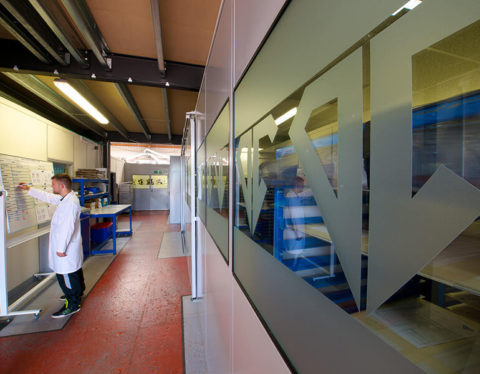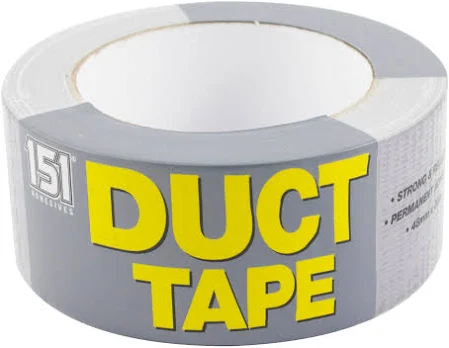
Coated Glass Factories
At Diamond Coatings, we’re not just about providing high-quality coated glass solutions; we’re also committed to manufacturing excellence
All orders placed between December 20th and January 2nd will be processed on January 3rd

Due to its high transparency and conductivity being highly desirable for most optically critical and display products, ITO is now an integral feature of most sturdy capacitive touch solutions.
As an integral element of capacitive touch products, ITO is typically utilized either in the shape of ITO films or by application of ITO coatings directly onto relevant parts. These two solutions are considerably different in terms of application and functionality, as well as reliability and durability. When deciding which of these options to select, it is therefore imperative for automotive interior designers and overhead console manufacturers to carefully consider these differences.
ITO coatings can be directly applied to the parts themselves, and Diamond Coatings successfully formulated a solution that may be applied to smooth, curved, 3D, grained and textured surfaces. This coating flexibility gives interior lighting designers freedom to create unique lighting designs without the limitations imposed upon them by ITO films, which can be applied to flat surfaces only.
Diamond Coatings ability to directly deposit coatings onto diverse types and geometries of substrate also gives automotive interior designers freedom to consider a multitude of other applications like, for instance, center console designs, arm rest controls, heated cup holders and sun blind activation.
The unique Diamond Coatings Diamox formula has been supplied to the automotive industry on parts – with a score below 1PPM – since 2007. Such tight quality control is a testimony to the longevity and robustness of depositing our ITO coatings directly to the parts themselves, as opposed to depositing them onto films, which introduces a considerable number of potential causes of failure to the process.
Opting for ITO films as capacitive touch solutions exposes car manufacturers to the risk of leaving themselves open to warranty claims due to the inadequacies of the films, which is the most commonly found main cause of failure in warranty claims related to capacitive touch light lenses.
ITO films must first undergo the coating process, which necessitates suitable films to provide good adhesion. The finished ITO film can then be applied to flat surfaces only, which must be done with optically clear adhesives. This can itself be prone to problems like delamination, bubbling and subsequent functional issues.
Directly coated ITO parts are optically superior in comparison to ITO films. Every interface causes reflection, and ITO films have twice the number of interfaces ITO coated parts have. This means films reflect considerably more light and subsequently offer substantially lower rates of transmission.
With the ESD and Environmental compliances required within the automotive industry, failure risks and points are much quicker with ITO films than with directly coated ITO parts. This is due partly to the increase in failure modes introduced during the manufacturing process and partly to the inherent weaknesses of films as substrates.
What’s more, it can be difficult to achieve the conductivity required by capacitive touch solutions with ITO films. Carriers used to integrate films with PCBs are therefore usually mixed with other materials such as, for instance, silver. Prone to oxidization, this gives products very limited lifespans.
The unique PCB integration carrier formulated by Diamond Coatings consists of the same material as that utilized in a variety of aerospace, medical and military projects and compliant with these industries’ rigorous test standards.
Diamond Coatings’ in-coating process can allow for zone separation on lenses, creating multi-switch touch lights and an ability to tune coatings to create slide and dimmer switches as well. ITO films, however, can be used for single activated zones only.
Their cutting-edge coating plant and purpose-built machinery enabled Diamond Coatings to create a lean capacitive touch lens manufacturing process that allows them to produce directly coated ITO parts at far more competitive prices than ITO film-based solutions, the production of which requires significantly more processing stages and labor costs.
Get in touch with Diamond Coatings now to discuss your specific capacitive touch requirements and understand how ITO coated parts can aid your design considerations and offer you a sustainable solution proven to be thoroughly averse to risks and highly efficient right through its entire lifetime.

At Diamond Coatings, we’re not just about providing high-quality coated glass solutions; we’re also committed to manufacturing excellence

Our ITO films provide a transparent and conductive layer that enables seamless touch interaction while maintaining optimal clarity

Advancements in coating technology have led to the development of highly effective scratch-resistant coatings that enhance the durability and longevity of acrylic.

If your project requires a material that can effectively conduct electricity, several excellent alternatives to duct tape are available
If you are interested in any of our products or services, please use the contact form or give us a call, we will be happy to discuss how we may be able to help you.